The seven Welsh buildings added to the UK’s ‘at risk’ list include a celebrity hotel and stables

The annual update to the list of Britain's most endangered buildings - those most at risk of total dereliction or demolition and being lost forever - has been announced by conservation charity SAVE Britain's Heritage and includes seven Welsh properties.
Now in its 35th year, the charity adds very special buildings that are desperate to find a heritage hero to secure their future to the UK's most 'at risk list', which has grown to over 1,500 potential wrecks and now includes two barns, a stables, a hotel, a farmhouse and two industrial heritage buildings in Wales.
The register is a national platform for raising awareness of neglected historic buildings and their potential to bring meaningful benefit to the places in which they stand if restored and reused. The new additions to the list every year are nominated by the charity's supporters, heritage professionals and the public as buildings that add interest to their localities and link us powerfully to our past. For more property stories sent to your inbox twice a week sign up to the property newsletter here.
YOU MIGHT ALSO LIKE: The absolutely stunning renovated townhouse in one of Wales’ favourite seaside spots
Liz Fuller, SAVE's Buildings at Risk officer, said: "If you want to be transported to different locations and different moments in our history, dipping into this list of buildings we are adding to our Buildings at Risk register is the ticket that you need.
"There is much to inspire, and to shock, in this year's list from an important country house in Bedfordshire tottering on the brink of serious neglect to a vast and impressive colliery building in Wales, from a Manchester hotel which served an early industrial estate and later a host of football fans to a swimming pool in a surprising location in King's Lynn.
"While the variety of fascinating structures is inspiring, it is shocking that they are at risk at all. The new entries serve as an urgent reminder that these historic buildings are a resource which, if restored and reused, have the potential to deliver huge benefits to their communities through their character, shared history and their return to use." See the full UK list here.
The seven Welsh buildings added to SAVE's 'at risk' list this year are:
Corbett Arms Hotel, Corbett Square, Tywyn
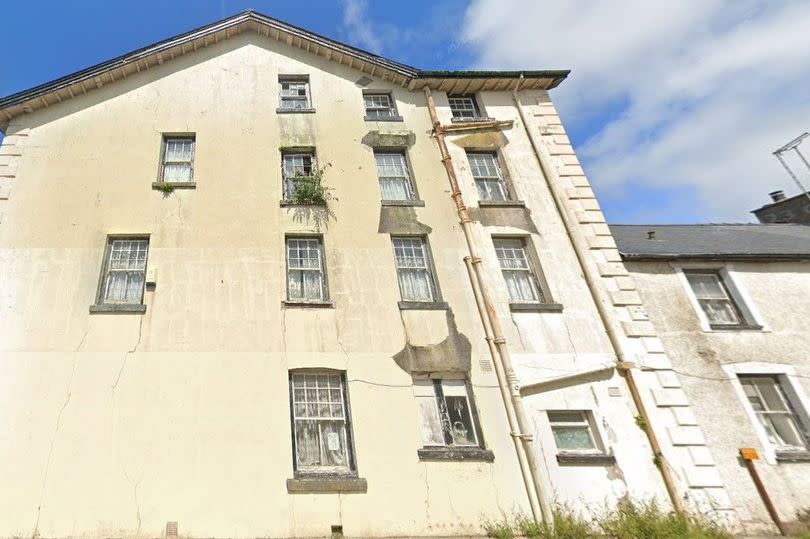
At the centre of this seaside town, stands a Grade II listed hotel whose walls are being gradually overwhelmed by ivy. It would have a fairy tale quality if it were not for the reality: the building has been empty and neglected for a number of years and there are serious concerns about its condition.
According to North Wales Live for generations of people, local life centred on the Corbett Arms and its guest list included the likes of John Lennon and Yoko Ono in 1969 but it is now in a very dangerous state with Gwynedd County Council issuing a 'section 79' notice to the owners in 2023 to carry out work to secure the property plus in February of that year the council's building control officers, under 'section 78' of the Building Act, did work to make safe loose roof tiles that were becoming a credible threat to the passing public.
The building was given a Grade II listed status by Cadw in 1951, amended in 2005, for its 'special architectural interest as a prominent building of definite and striking architectural character, its 2 phases representing the development of Tywyn as a resort in the C19, and for its contribution with other buildings in Corbet Square, Red Lion Street and Maengwyn Street, to the historical integrity of the old town centre'. But now it is an eyesore for the town and SAVE are hoping that the building finds a new use to be brought back to life.
Barn at Dryffyn Isaf, Llanbradach
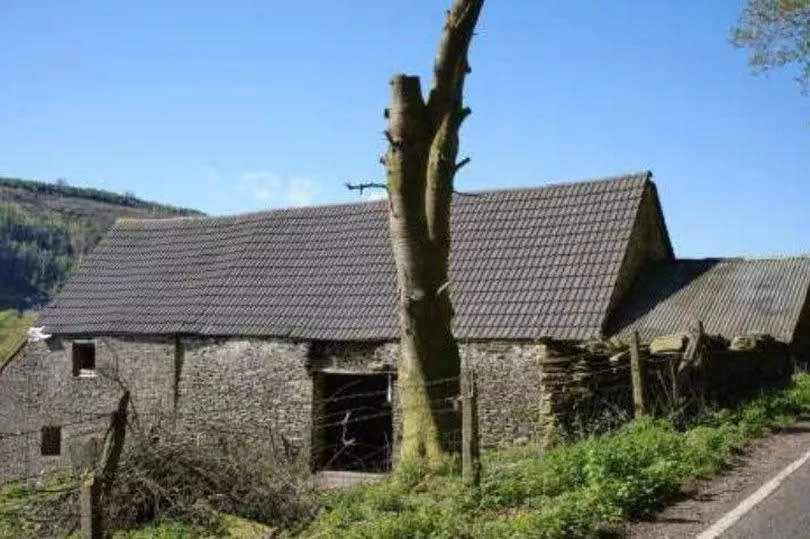
Important for its untouched agricultural heritage, this late 18th or early 19th century Grade II listed threshing barn is now deteriorating. On Caerphilly County Council’s 2023 Buildings at Risk list too, the barn first appeared on the Bedwas Tithe Map of 1846, but it now needs restoration to preserve its historical significance.
It was listed by Cadw in 1999 for being 'a well preserved threshing barn of the late C18 - early C19, a feature of Welsh agriculture before the mechanisation of farming. Now a scarce building type in this region'.
Stables at Cascade House Drive, Pengam
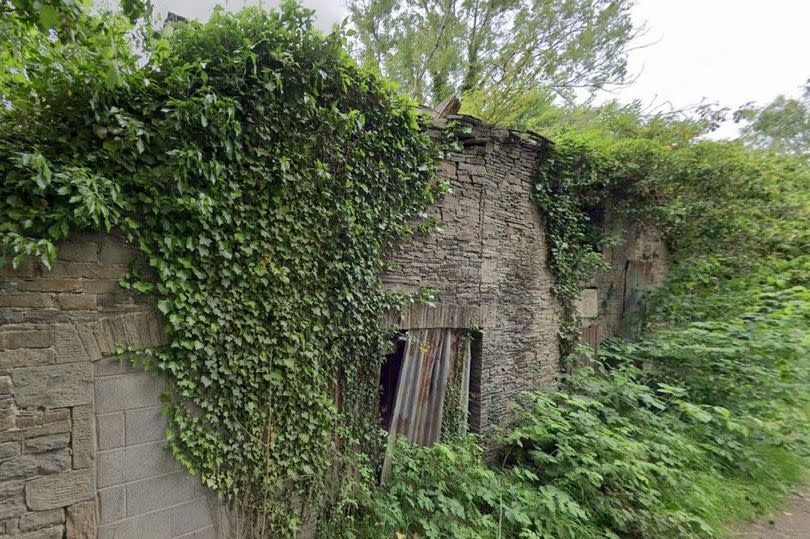
Constructed of local rubble stone with ashlar dressings, showing detailing unusual in such a modest building, these stables are Grade II listed. Standing some distance from the main property called Cascade House, the stables are neglected and in poor condition and are currently on Caerphilly's 2023 Buildings at Risk list too.
In 2001 Cadw awarded the stables a Grade II listing for being 'an unusually dated early to mid 19th century stable, retaining its character, with close connections to and for group value with Cascade House'.
Barn at Gwern Leyshon Farm, Rudry
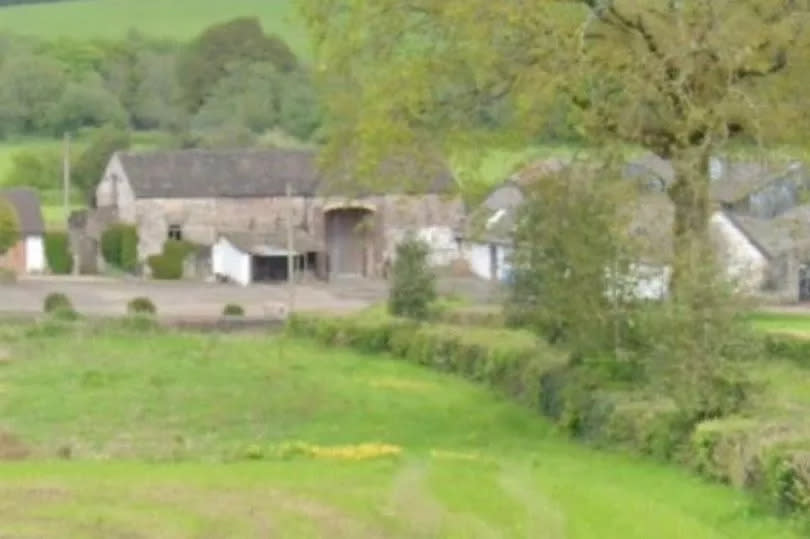
This large 17th or 18th-century barn, expanded in 1836, is Grade II listed and stands in part of a working farm. The structure was Grade II listed by Cadw in 1999 for being 'one of the best preserved large barns in the area and for group value with other items of the former Tredegar Estate in Rudry'.
Part of the listing describes how the building was considerably enlarged and heightened as a barn, stable and granary in 1836 by the Tredegar Estate. The farm remained a part of the estate until 1938 but now the barn is on Caerphilly’s 2023 Buildings at Risk Register due to its poor condition.
Penallta Colliery Engine Hall, Gelligaer
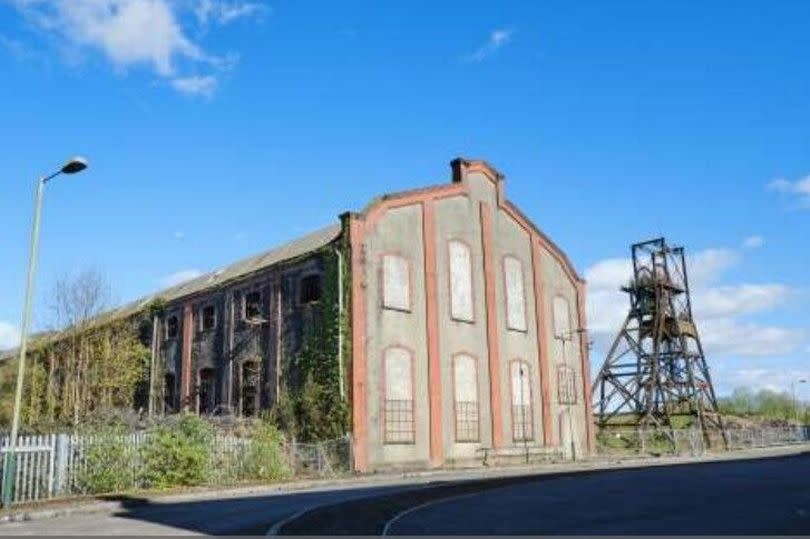
In its day, Penallta Colliery, built 1905-09, was one of the largest collieries in Wales and in 1935 achieved the accolade of the most coal produced in a week in Europe. In 1991 Cadw gave the building a Grade II* listing for its 'impressive architectural qualities, its rarity as an example of surviving large colliery buildings in south Wales, and its important influence on the development of colliery buildings in Britain. Group value with other listed items within this exceptionally fine colliery complex'.
The listing states that the colliery was established by the Powell Dyffryn Steam Coal Company, the region’s largest mining company, on the most modern principles as the ‘super-pit’ of its day. The surface buildings were laid out in matching architectural style in a spacious, artificially levelled area, on a rectilinear plan giving the ideal spatial arrangement of activities.
The design of the enormous engine hall in particular was an important innovation copied at many later collieries. The colliery became one of the largest in Wales with 3,200 miners and a high output of top-quality steam coal. By 1935, Penallta held the European record for coal produced in a single week. The impressive structure is also on Caerphilly’s 2023 Buildings at Risk list as it requires an inspired restoration solution.
Penallta Colliery Bath House, Gelligaer
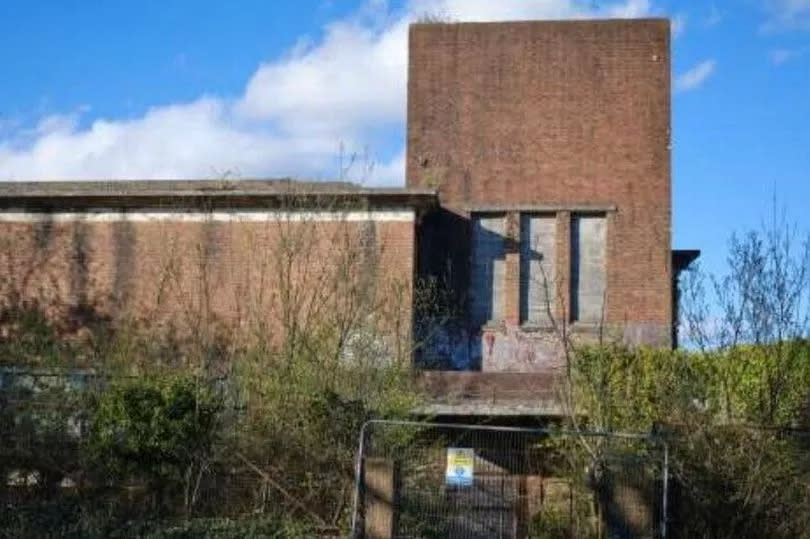
On the same sprawling colliery site as the engine hall is pre-war pithead baths and canteen building. This impressive structure was also awarded a the Grade II* listing in 1991 for being 'the best surviving example in Wales of a pre-War pithead baths, as an important example of International Modern Movement design in Wales. Group value with other listed items within this exceptionally fine colliery complex'.
Also on Caerphilly County Council's Buildings at Risk list, SAVE Britain's Heritage says both structures at this site at the most risk need creative ideas for reuse to combat their continual decline.
Gelli Farmhouse and barn, Crumlin

The farm and its barn stand on a lovely hilltop site with views back down the valley the location is idyllic but the 17th-century farmhouse and attached buildings are now in ruins and have been placed on Caerphilly’s 2023 Buildings at Risk Register, with council considering taking action to prompt repairs.
The buildings are Grade II listed as 'an early regional farmhouse retaining most of its historic fabric including a mainly unaltered interior, including a former dairy that is now incorporated into the main room, steep winding stairs and a flagstone floor.
However, as the listing was awarded by Cadw in 1999 it's likely that the interior has deteriorated significantly, and now it finds itself listed as one of the most 'at risk' buildings in the UK by SAVE Britain's Heritage.
For more property and renovation stories join our Amazing Welsh Homes Facebook group here. Plus the latest edition of the award-winning Amazing Welsh Homes magazine is out now – buy online here.
Find your own property to save here:

 Yahoo News
Yahoo News 
